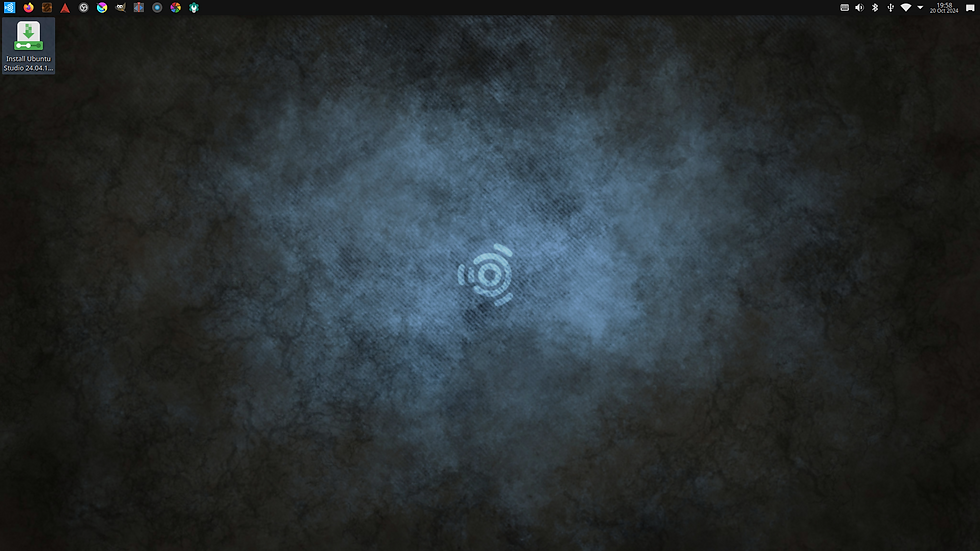The Lunar X and Lunar V
- Kris Fedick
- Apr 26, 2024
- 2 min read
The Moon is one of my favourite night sky objects! Not only is it very easy to view (I remember trying to make sketches of it using a small telescope I owned as a kid) the surface features we see also always change. As the Moon orbits the Earth, the sunlight shining on its surface changes angle and the contrast of its many features changes. You can even watch the features change over an evening of viewing and some features will be visible in sharp contrast (or visible at all) for short periods of time. Two such features are the Lunar X and Lunar V. These features are visible on many nights were the Moon is more than half full but are difficult to spot if you don't know what you are looking for. However, for around 4 hours, once a month when the Moon is about half full, the light hits both features at just the right angle to make them stand out with a very high contrast. Much like a solar eclipse, these features are not visible from all locations in the world when the conditions are right which makes them a bit rarer at any given location (but not anywhere near as rare as a solar eclipse). Monday April 15, 2024 turned out to be a great night for viewing these features.
One of the most difficult, and quickly changing, factors affecting ground astronomy is the weather/viewing conditions. The sky was initially affected by a light haze which would limit the level of detail that could be captured in images. Around midnight, I got lucky and the haze cleared and I was greeted with a clear view of the Moon with the X and V visible (I hadn't planned the viewing session in advance and was not expecting to see them that night). I had been trying to image these two features for a while now and the weather was always against me so this was a wonderful surprise! The resulting images are shown below. These features, and many others like them, could be seen with binoculars but are easiest to see at around 50x magnification and above.
Equipment used
The images were taken using a ZWO ASI585MC camera through my Meade 10" Lightbridge Dobsonian telescope. The close up images were taken using a Celestron Luminous 2.5x barlow lens and the full lunar image is a mosaic of several images taken without the barlow.
Lunar V
The Lunar V, located just below the centre of this image, is formed by a set of ridges East of the crater Ukert. For scale, each arm of the "V" is roughly 65km long.

Lunar X
The Lunar X, located just below the centre of this image, is formed by the rims of the craters Blanchinus, La Caille, and Purbach. For scale, each cross piece of the "X" is approximately 65km.

Full lunar image
This image was generated by combining several lower magnification images while adding black space for the higher magnification images.




Comments